“RIP the HIV response”. Protest by South African community health workers for worker’s rights. Photo: Jane Shepherd
Sixteen years have passed since the International AIDS conference was held at Durban – that watershed moment when an eleven year old activist, Nkosi Johnson, stood in the main auditorium and asked for acceptance for people living with HIV. It was a time when the South African government’s AIDS denialism prevented the country from accessing antiretrovirals (ARVs). I was living in Zimbabwe where there was also no national roll out of ARV treatment – the state newspaper encouraged eating garlic and beetroot. My ex-boyfriends died, my friends died, my students’ families died. The cemeteries marched across hills, dotted with plastic flowers.
Now 17 million of us are on antiretroviral treatment (ART), but this year’s conference was not congratulatory. HIV (and TB) infections continue to rise, there are huge barriers to treatment access with 20 million people without treatment, and there is a glaring funding gap. The rhetoric of ending AIDS by 2030 and the 90 90 90 targets for 2020 is meaningless without investment in community participation. Addressing criminalization and the human rights of key populations are pre-requisites for ending AIDS. Ben Plumley (CEO of Pangaea) summed it up: “UN's revised downwards investment estimates didn't come close to recognising the enormity of the long term prevention, testing, stigma, treatment and research needs we urgently face. In fact the complacency they engender, threaten the progress we have made to date.”
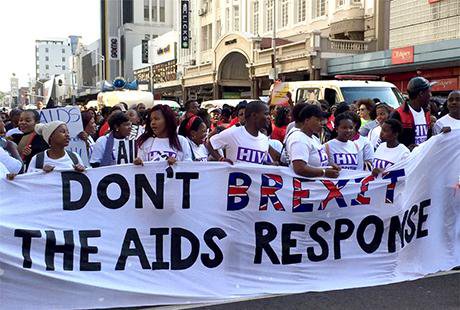
Over 6,000 took to the streets of Durban to call for treatment access for all. Photo: Jane Shepherd
This was the backdrop to the AIDS 2016 Conference in Durban; activism was visible, audible and angry. The International Community of Women Living with HIV East Africa (ICWEA) against forced sterilisation, community health workers for workers’ rights, key populations for human rights, the Treatment Action Campaign (TAC), and what felt like the whole of KwaZulu Natal, marching for treatment access – loud, passionate, full of song and dance. The Networking Zones for women, human rights, men who have sex with men (MSM), sex workers and transgender people were vibrant and full of activism. The key populations and HIV criminalisation pre-conferences were powerful. The exception was the largely absent voices from people who use drugs, both in the Global Village and on the conference agenda.
There were also question marks hanging over the HIV movement. Have targeted interventions and funding silos fragmented our movement? If we don’t unite under commonalities we may not survive as viable networks. If we don't connect with wider issues we may end up irrelevant and isolated. If we don’t define a collective and fully inclusive agenda we will quickly find ourselves in crisis (if we are not already).
There were powerful calls for action from women living with HIV to address gender equality and ensure programmes and packages of care, treatment and prevention are gender-responsive. Current biomedical approaches are failing women. One size does not fit all. The launch of a global brief on treatment access barriers for women living with HIV, highlighted the need for a woman-centered, right-based approach to holistic health.
Evidence from the Centre for the AIDS Programme of Research in South Africa (CAPRISA) shed light on why HIV prevalence in adolescent girls and young women in sub-Saharan Africa is so high. Phylogenetics (using the small differences in HIV’s genes) show who is passing HIV to who at community level. Age-disparate sex – through sugar daddies or “Blessers” – is a key contributor. Vaginal bacteria also plays a role: helpful vaginal flora can reduce susceptibility to acquiring HIV and aid the uptake of a topical pre-exposure prophylaxis (PrEP).
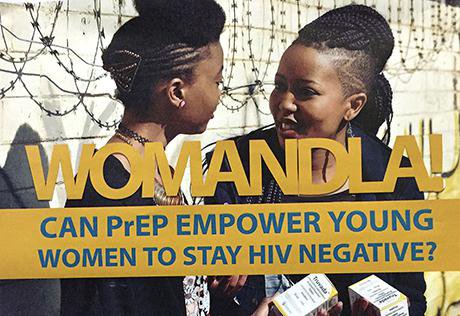
“Can PrEP be packaged to look a little more sexy?” Poster for Womandla! film screening and debate. Photo: Jane Shepherd
HIV prevention technologies for women were big on the agenda. Further analysis from vaginal ring studies were released. The dapivirine ring offered between 75% and 92% HIV risk reduction for women who used the ring consistently – adding a promising option to a much needed prevention package for women.
It turns out vaginas are also attached to women’s bodies. The US President's Emergency Plan for AIDS Relief (PEPFAR) led partnership launched the $210 million DREAMS Initiative to much fanfare. DREAMS is a multi-option package to address the structural drivers that increase girls and young women’s HIV risk, such as poverty, gender inequality, sexual violence and a lack of education.
Treatment literacy was cited as integral to prevention of vertical transmission, retention in treatment and care, and to adherence. Results from test and treat programmes (where people once diagnosed are encouraged to start treatment for life immediately) were unsuccessful. Large trials failed to offer the level of community support needed to get people into care and treatment after testing HIV positive – especially difficult when people feel well.
A new community treatment literacy guide for prevention of vertical transmission (published by IATT, GNP+, ICW and designed by me) was introduced through an interactive community workshop. Dr Nigel Rollins of the WHO joined the panel to reassure that “WHO recommends, with confidence, breastfeeding if the mother is virally suppressed, on ART and retained in care”. Hopefully, the guide will help clarify the confusion previous guidelines have created. I was reminded that design needs to work on many platforms – think digital, participants also want the guide as a smart phone app.
Ideas from participants in the treatment literacy workshop. Image: Georgina Caswell
Voluntary medical male circumcision (VMMC) is a cost-effective HIV prevention tool and the ambitious African VMMC programmes have proved successful (in some countries) and will continue to scale-up. Overheard in the coffee queue, “My partner is very happy with my circumcision as I can last longer”. But, engaging boys and men in the HIV response is mostly a neglected area. Vuyiseka Dubula (human rights activist) reminded us that, as women, we fear patriarchal forces taking over if we open up our work to include men, but patriarchy is also excluding men and we need to expose and address these intersectionalities.
Stigma was low on the conference agenda but high in community concerns. It is a universal barrier to testing, treatment and full sexual and reproductive health and rights. The session ‘Revolution Against Stigma! What Works to End HIV-related Stigma NOW!’ was so full I could not get in. But, down the corridor in a much larger room, a scientific workshop on PrEP was virtually empty.
It was a conference for young people; Africa is a place of young people. Young leaders, many from the Link Up project, engaged on all platforms, were articulate and bold. Mark Heywood (Section27) pointed out that today’s young leaders have to occupy a crowded space – AIDS activists in the 90s were the first generation. As older activists, our role now is to walk alongside young leaders, not to disappear and leave them to it.
What will I take away as key messages? The conference covered much more than the above and these are only my personal highlights. Mentor young leaders, offer community-based treatment literacy and support for adherence and retention in care, roll-out stigma reduction programmes, ensure approaches to prevention, treatment and care are holistic and rights-based, unite as one movement of people living with HIV, use design and digital platforms to mobilise and communicate, sex is fun, activism is essential (the last two could be interchangeable).
Read more articles on our platform: AIDS, Gender and Human Rights
Read more
Get our weekly email

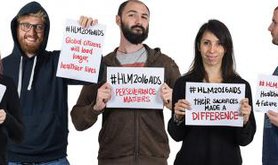
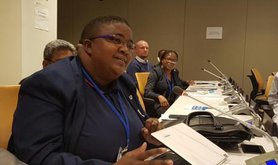


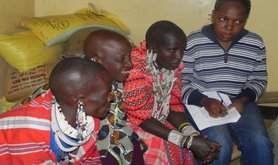
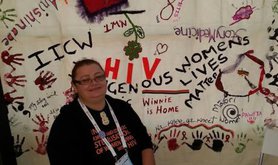
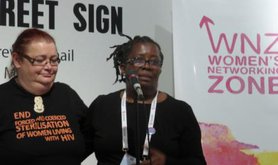
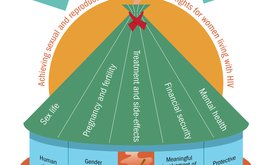
Comments
We encourage anyone to comment, please consult the oD commenting guidelines if you have any questions.